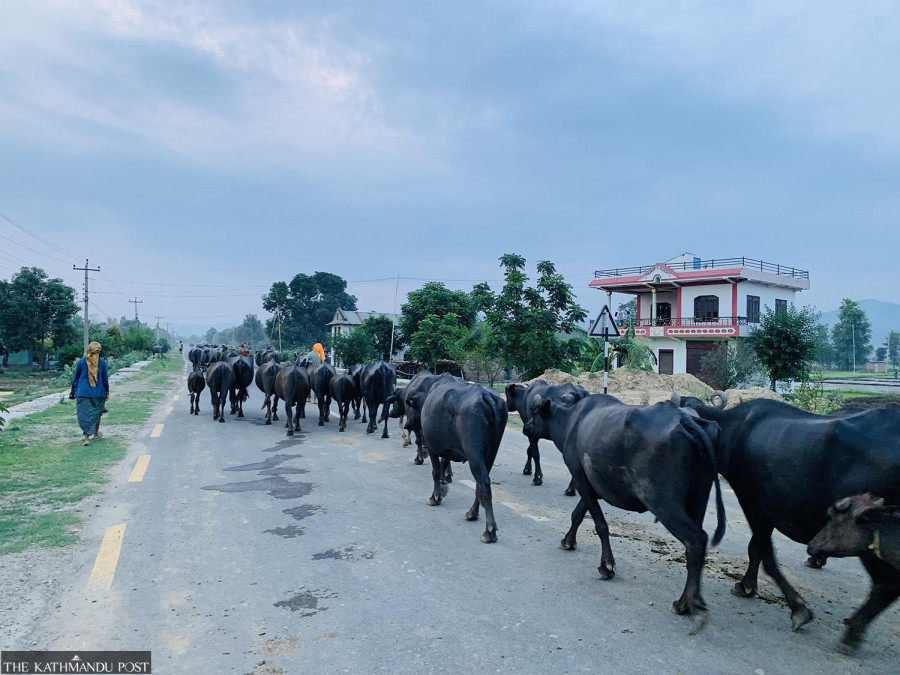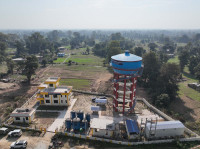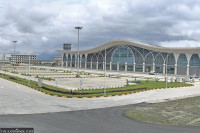Money
Nepal to export buffalo meat to China as part of a Rs27 billion project
Investment locked in. 5,000 tonnes of meat to be exported daily from June next year.
Krishana Prasain
If all goes as planned, Nepal will begin exporting buffalo meat to China next June, with a daily target of 5,000 tonnes, according to meat industry representatives.
“It’s been a week since we received approval for Chinese investment worth nearly Rs9.5 billion [RMB 500 million]. The investors are arriving this Sunday, after which we’ll submit an application to the Investment Board Nepal for final approval,” said Navin Kumar Sharma, chairman of Himalayan Food International.
The investment for the ambitious project will be delivered in three phases.
Last December, China expanded trade opportunities beyond traditional handicrafts—Nepal’s primary export to its northern neighbour for decades—by opening its market to water buffalo meat. This development followed Prime Minister KP Sharma Oli’s official visit to China, during which Beijing agreed to allow meat imports from Nepal.
On December 16, 2023, Himalayan Food International, a Nepali private company, signed a business-to-business agreement in Kathmandu with China’s Shanghai Ziyan Food to export buffalo meat. Beijing has promoted the deal as part of its ‘soft trade diplomacy’ strategy and hopes to import up to $1.5 billion worth of buffalo meat annually from Nepal, calling the partnership a potential “game changer”.
The total Chinese investment in Nepal’s meat sector will reach around Rs27 billion, covering two major components: meat processing and animal rearing.
“We would have already begun construction, but there was a delay on the Nepali government’s part in declaring a disease-free zone for livestock,” Sharma said. “The Chinese side waited for the official announcement before approving the funds.”
Although the government had initially planned to send the required documents in December, they were only dispatched in June. “Within a week of the submission, China approved the foreign direct investment,” Sharma added.
The factory is located in the Marin Rural Municipality, Sindhuli. Buffaloes will be reared on leased land in the Belaka Municipality of Udayapur and Madi, Chitwan. Although these areas are not officially recognised as disease-free, the animals will be transported to Sindhuli and quarantined for three weeks before processing.
Out of 50 bighas of land secured for the project, the company has received clearance for only 10 bighas. “We await approval for the remaining land due to complications with ownership ceiling regulations,” Sharma explained. “A request has been submitted to the concerned authorities.”
A Chinese construction company has already arrived in Nepal to begin preparatory work. “We hope to start construction by September, aiming to complete it by April next year,” Sharma said. Rearing of buffalo calves will begin in October. “We plan to raise 200,000 calves within the first four months. These will be sourced from local farmers.”
The company has set up its corporate office in Pulchowk, Lalitpur. Prior to the Covid-19 pandemic, it was exporting buffalo meat to Vietnam, which often served as a re-export hub to China.
Industry insiders remain cautious. They say Nepal’s current buffalo population is insufficient to meet even domestic demand. Nearly 70 percent of buffaloes consumed in Nepal are estimated to be imported illegally from India. The local buffalo meat industry continues to face a supply-demand mismatch.
While Nepal has achieved self-sufficiency in goat and poultry production, buffalo meat still falls short.
Buffalo farming is mainly concentrated in the Tarai region. It takes approximately two years for a buffalo calf to reach maturity for meat production.
Nepal’s total meat production peaked at 552,156 tonnes in the fiscal year 2019–20, largely driven by a health-conscious public increasing protein intake during the pandemic.
However, output declined to 520,742 tonnes in 2020–21 and to 512,788 tonnes in 2021–22. The steepest drop occurred in 2022–23, when meat production plunged to 430,085 tonnes.
Experts attribute the decline to the mass migration of young Nepalis, a demographic group that typically consumes the most meat. Government data shows that nearly one million labour permits and student visas were issued in 2022–23.
Buffalo meat, which accounts for 27 percent of Nepal’s total meat output, contains 20.23 grams of protein per 100 grams, higher than most other meats.
Production reached 189,517 tonnes in 2019–20, dipped slightly to 188,172 tonnes in 2020–21, and hit a high of 194,090 tonnes in 2021–22. However, it fell sharply to 116,503 tonnes in 2022–23, the lowest level in nearly 25 years.
Nepal’s live buffalo population, which stood at 3.7 million two decades ago, rose to 5.3 million in 2018–19. But the number has declined sharply, reaching a 30-year low of 3.08 million in 2022–23.




 16.12°C Kathmandu
16.12°C Kathmandu













%20(1).jpg&w=300&height=200)
